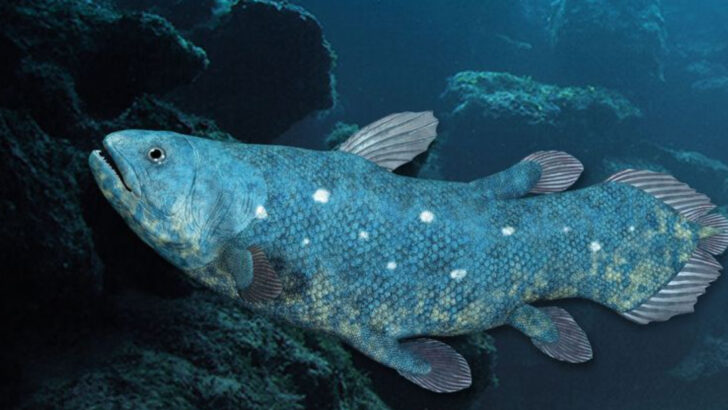Bigfoot is a backyard myth compared to what’s hiding in the ocean.
While everyone’s busy chasing footprints in the forest, the sea is keeping secrets that make the Sasquatch look like a local celebrity. Deep beneath the waves, creatures exist that are so rare, so bizarre, they’ve only been seen a handful of times — if ever.
These aren’t cartoon monsters or legends passed around a campfire. They’re real, alive (we think), and so elusive they’ve managed to dodge submarines, scientists, and sonar.
From translucent hunters to glow-in-the-dark phantoms, here are 15 ocean animals that make Bigfoot look basic. Ready to go deeper than folklore?
Goblin Shark

The Goblin Shark, often termed a living fossil, is a deep-sea dweller with an unmistakable appearance. Its elongated snout and protruding jaws make it a unique predator in the ocean’s depths.
Found primarily off the coast of Japan, little is known about this creature due to its elusive nature. It is rarely encountered by humans, adding to its mysterious allure.
Despite its fearsome look, the Goblin Shark is not considered a threat to humans, as it resides in waters far deeper than any casual diver would venture.
Vaquita

The Vaquita, a small porpoise, calls the Gulf of California its home. With striking dark rings encircling its eyes and mouth, it stands out against the azure waters.
Sadly, it is one of the world’s most endangered marine mammals, with fewer than 10 individuals believed to remain. Conservation efforts are vital for its survival.
Encounters with the Vaquita are incredibly rare due to its dwindling numbers and shy nature. Its story serves as a poignant reminder of the impact human activities can have on ocean life.
Giant Squid

The Giant Squid, a creature of legend, is as elusive as it is fascinating. With eyes as large as dinner plates, it navigates the dark ocean depths with ease.
Encounters with this leviathan are rare, as it resides far below the reach of sunlight. Its size and strength make it a formidable predator of the deep.
Rare footage has captured glimpses of this enigmatic animal, sparking curiosity and awe. The Giant Squid remains a symbol of the mysteries that still lie beneath the ocean’s surface.
Oarfish
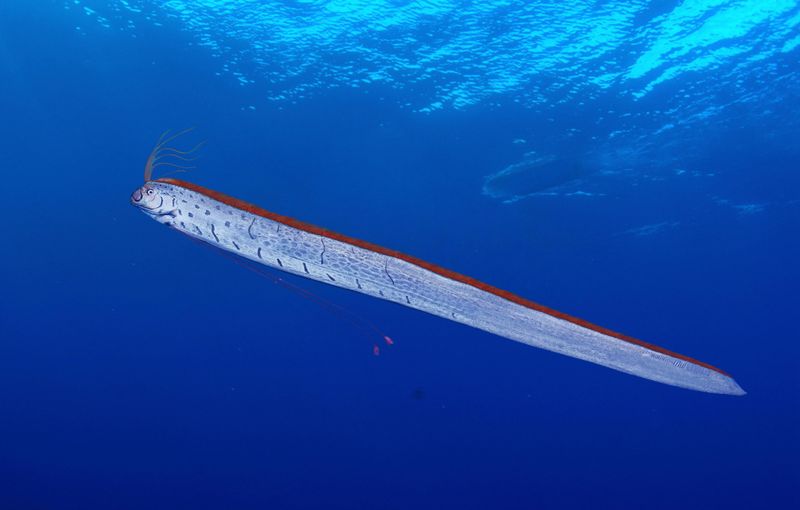
The Oarfish, known as the “sea serpent,” is a marvel of the ocean’s depths. Its long, ribbon-like body can stretch over 36 feet, shimmering with silvery scales.
Rarely seen, the Oarfish is believed to reside in deep waters, coming to the surface only when injured or dying. Its elusive nature has fed myths and legends throughout history.
Despite its daunting size, the Oarfish is harmless to humans. This creature’s infrequent appearances continue to inspire wonder and mystery among those who witness it.
Frilled Shark

With an appearance reminiscent of ancient sea monsters, the Frilled Shark is often described as a ‘living fossil.’ Its eel-like body and gaping jaws are both intriguing and fearsome.
Inhabiting the deep, dark waters, it is rarely seen by humans, adding to its mystique. This shark’s unique frilled gill slits give it its distinctive name.
Scientists continue to study this rare creature to learn more about its habits and habitat. Its rarity and unusual features capture the imagination of marine enthusiasts worldwide.
Deep-Sea Dragonfish

Lurking in the abyss, the Deep-Sea Dragonfish is a master of survival in the ocean’s dark depths. Its bioluminescent body parts light up the pitch-black surroundings.
With its sharp teeth and hinged jaw, it is a formidable predator, though rarely seen by human eyes. This creature’s ability to produce its own light is both fascinating and vital for its hunting strategy.
The Dragonfish’s elusive nature and unique adaptations make it a subject of intrigue for scientists and ocean explorers alike.
Megamouth Shark
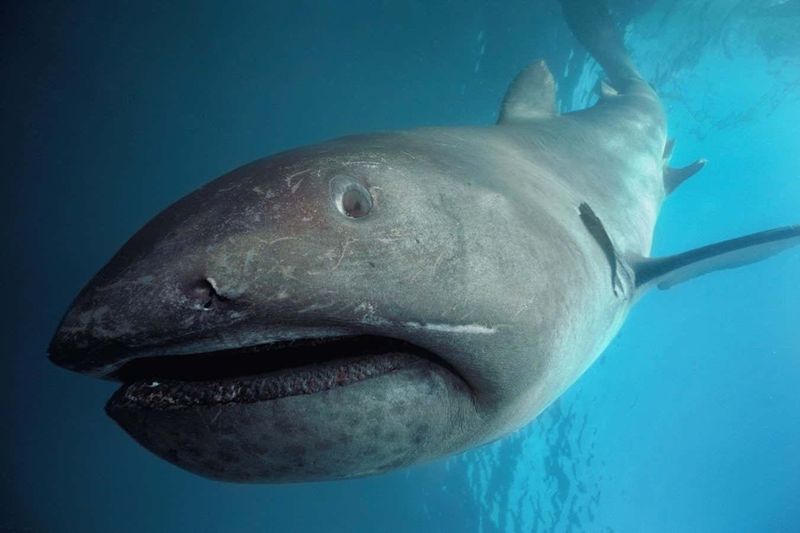
The Megamouth Shark, discovered only in the 1970s, is a rare find in the ocean’s depths. Its large, gaping mouth sets it apart from other shark species.
This deep-water dweller feeds primarily on plankton, making it a gentle giant of the sea. Sightings are infrequent, with few specimens ever caught or studied.
The discovery of the Megamouth Shark opened new avenues for marine research, highlighting how much remains unknown about the ocean’s inhabitants.
Coelacanth
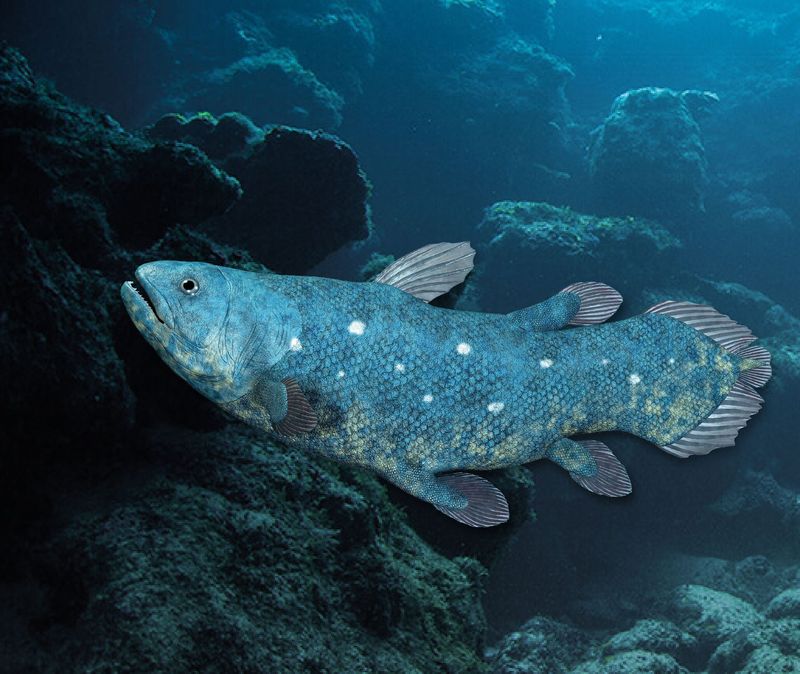
Once thought extinct, the Coelacanth is a remarkable survivor of prehistoric times. Its lobed fins and unique body structure give it an ancient, almost mythical appearance.
Found in deep-sea caves, this fish’s rediscovery in the 20th century was a monumental moment in marine biology. It remains a rare and protected species.
The Coelacanth’s story is one of survival and adaptation, captivating scientists and nature enthusiasts who seek to unravel the mysteries of Earth’s ancient past.
Yeti Crab
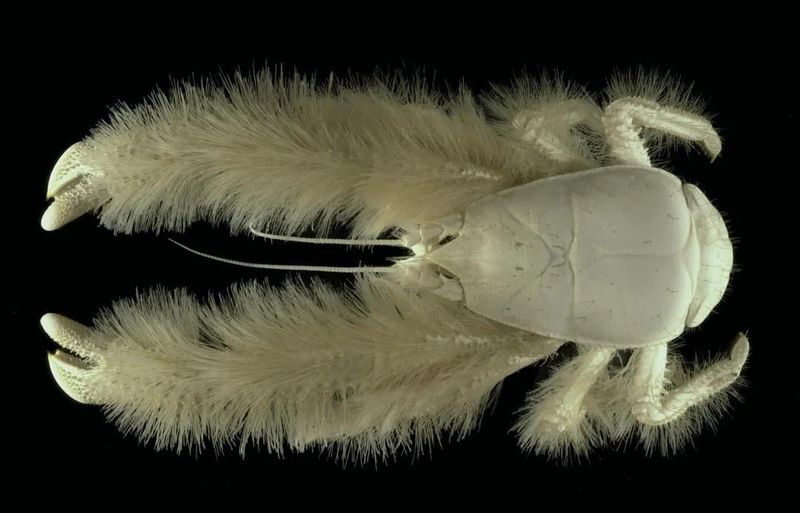
The Yeti Crab, with its white, hairy claws, resembles a creature from folklore. Found near hydrothermal vents, it is uniquely adapted to its extreme environment.
Its distinctive appearance and habitat choice make it a rare sight, exciting the imagination of those who study it. The Yeti Crab’s claws are covered in bacteria, which it farms for nutrition.
This odd-looking crustacean’s discovery has provided insight into life in one of Earth’s most hostile environments, showcasing the diversity and resilience of ocean life.
Barreleye Fish

The Barreleye Fish is a marvel of marine adaptation with a transparent head and tubular eyes. This unique feature allows it to look upward through its transparent dome.
Living in the deep ocean, it is rarely seen and studied, contributing to its enigmatic reputation. The fish’s eyes can rotate, providing a wide field of vision for spotting prey.
The Barreleye Fish’s peculiar anatomy sparks intrigue and fascination among marine biologists, as it challenges our understanding of oceanic life.
Dumbo Octopus

With ear-like fins that resemble the famous Disney character, the Dumbo Octopus is a whimsical inhabitant of the ocean’s depths. It moves gracefully through the water.
Living far below the surface, it is seldom seen by human eyes, adding to its charm and mystery. Its unique appearance charms those lucky enough to encounter it.
The Dumbo Octopus’s gentle demeanor and rare appearances make it a favorite among deep-sea explorers and enthusiasts, highlighting the ocean’s vast and varied wonders.
Fangtooth Fish
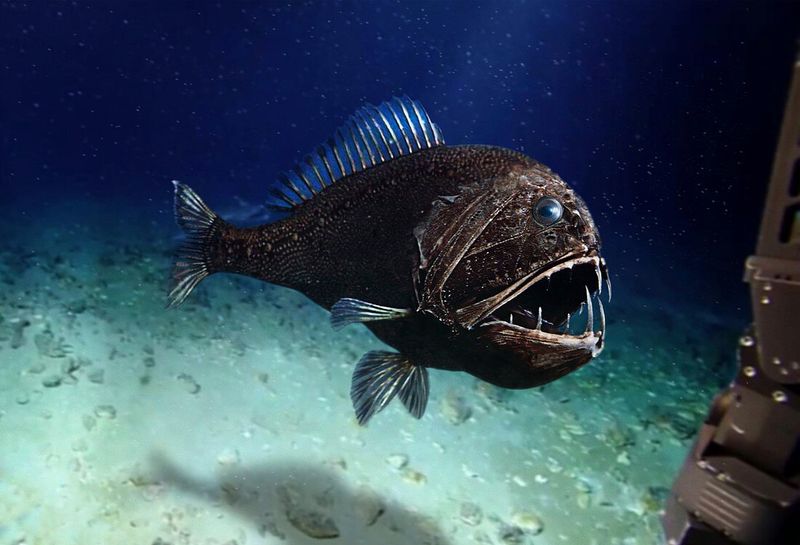
The Fangtooth Fish, with its intimidating name and appearance, is a fearsome predator of the deep sea. Its large, sharp teeth are designed for capturing elusive prey.
Despite its fearsome look, it is relatively small, but no less effective in its hunting. Its presence in the deep, dark waters makes it a rare sight.
The Fangtooth Fish’s adaptations for survival in such a harsh environment continue to intrigue scientists, revealing the complexities and surprises of life in the ocean’s depths.
Sea Pig
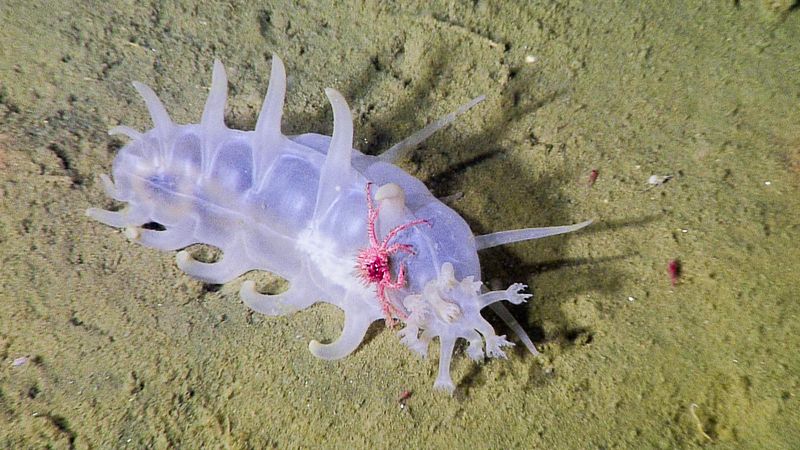
The Sea Pig, a type of sea cucumber, inhabits the ocean floor with a translucent, plump body. Its peculiar appearance is both fascinating and endearing.
Feeding on organic particles, the Sea Pig plays an essential role in the ocean’s ecosystem. Its rarity and unusual form capture the curiosity of those who study it.
Living in regions often inaccessible to humans, the Sea Pig remains one of the ocean’s lesser-known wonders, adding to the diversity of life beneath the waves.
Leafy Sea Dragon
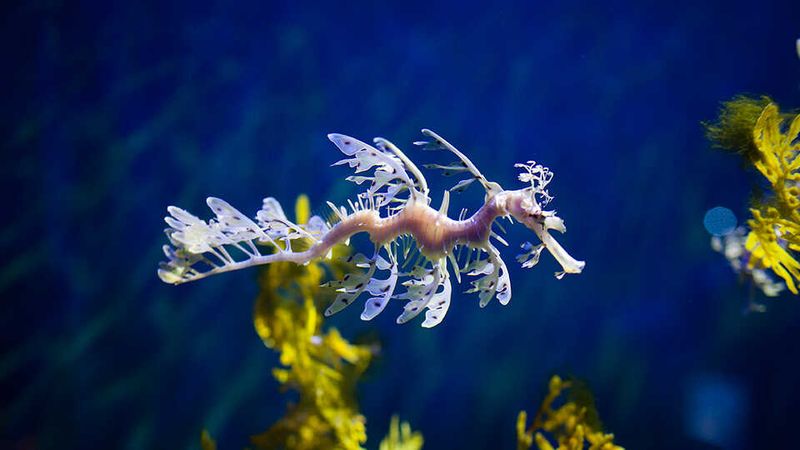
The Leafy Sea Dragon, with its ornate, leaf-like appendages, is a master of camouflage. Found along the southern coast of Australia, it blends seamlessly with seaweed.
Its incredible appearance and rarity make it a prized sighting among divers, though it is seldom seen due to its excellent camouflage.
The Leafy Sea Dragon’s delicate beauty and mysterious presence continue to enchant those who explore its natural habitat, showcasing the ocean’s endless creativity and allure.
Telescope Octopus
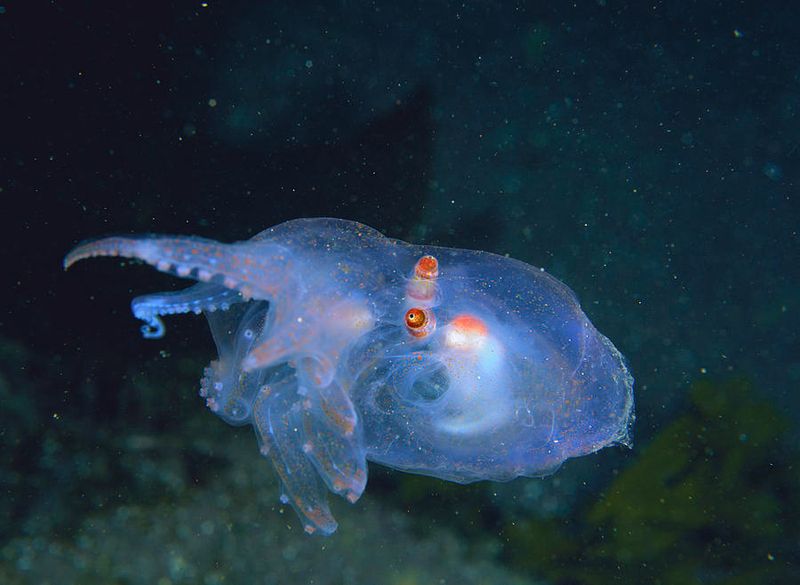
In the shadowy abyss of the ocean, the Telescope Octopus drifts like a ghost. With its transparent body and elongated arms, it is nearly invisible, save for its distinctive tubular eyes resembling tiny telescopes.
These eyes allow it to spot predators and prey from a distance, making it a master of survival in the deep sea. Its rarity and elusive nature have made it a subject of fascination among marine biologists.
Interestingly, the Telescope Octopus never settles on the ocean floor, preferring to roam the waters freely, adding to its mystique. Searching for this octopus is akin to seeking a needle in the vast ocean haystack.

